Disocactus Delights: 16 Jaw-Dropping Cacti You Need to See
Are you a cactus enthusiast looking to add some dazzling beauties to your collection? Look no further than the enchanting Disocactus cacti! These fascinating plants will captivate you with their eye-catching shapes, vibrant blooms, and relatively easy care. Get ready to be wowed by 16 jaw-dropping varieties that will make your green thumb itch with excitement!
Types of Disocactus
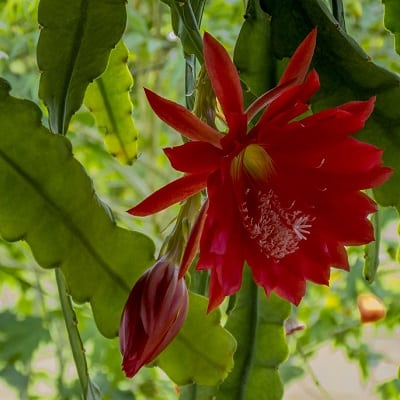

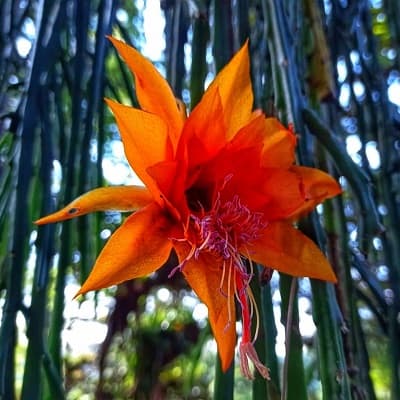
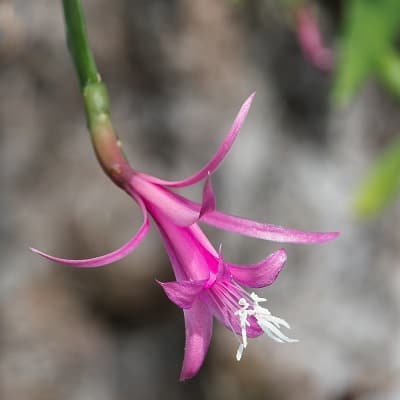
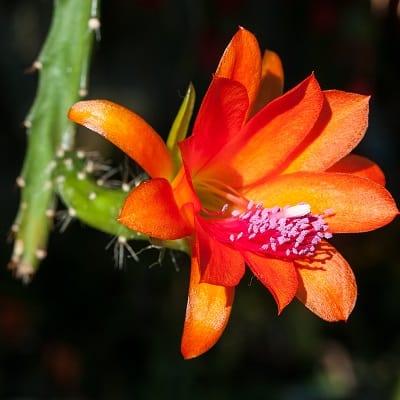
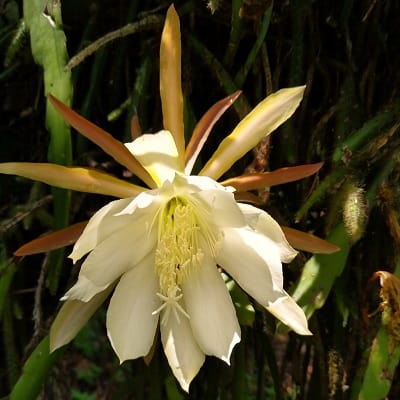
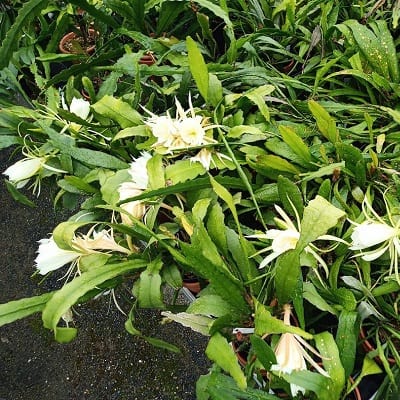
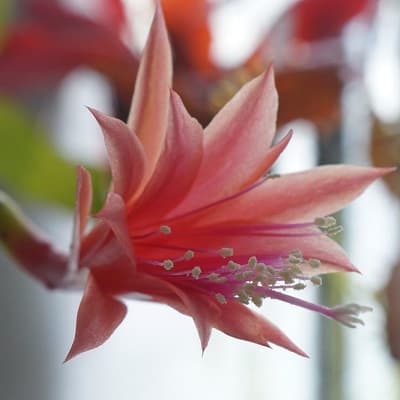
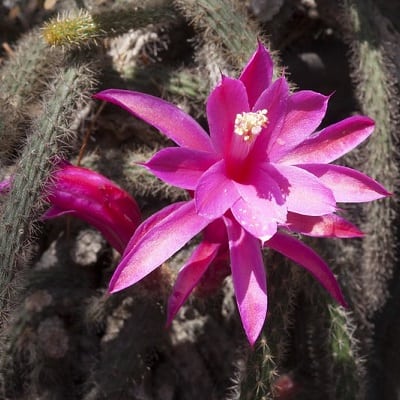
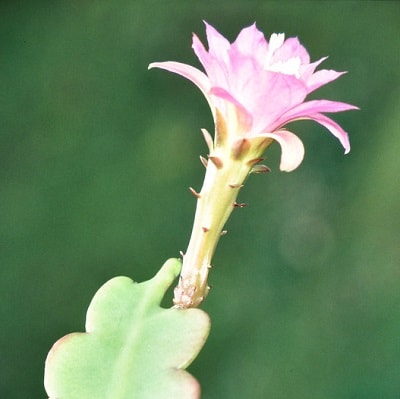
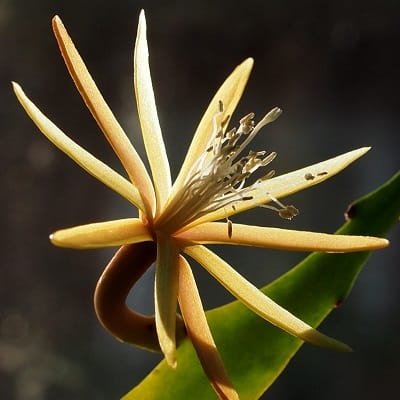
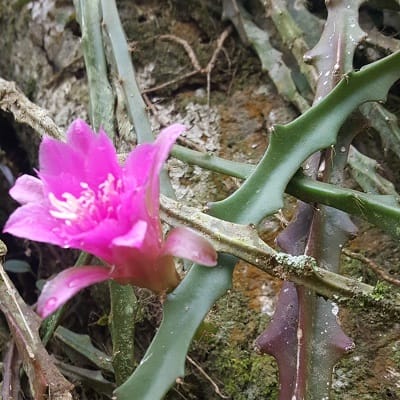
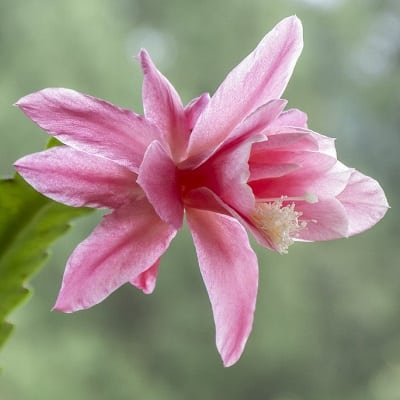
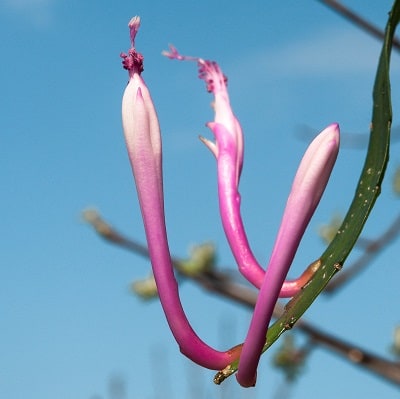
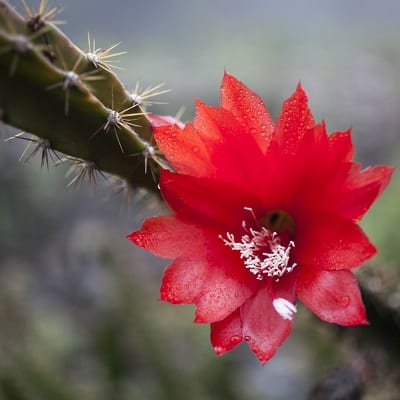
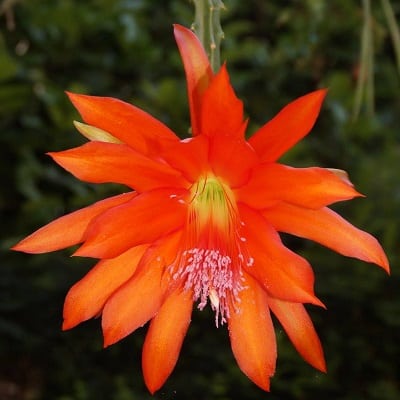
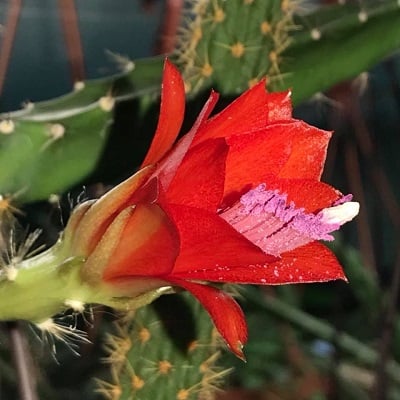
Related Post:
1,000 Types of Cacti With Pictures
Disocactus ackermannii (Red Orchid Cactus)

This stunner boasts a short, cylinder-shaped main stem and longer, wavy, leaf-like portions up to 2 feet long and 4 inches wide. But the real showstopper? Its funnel-shaped, crimson to scarlet flowers reaching up to 7 inches across with greenish throats!
Disocactus anguliger (Fishbone or Zig Zag Cactus)

Aptly named for its distinctive fishbone pattern, this cactus forms long, woody stems with smooth, flattened green leaves deeply lobed into rounded or rectangular shapes up to 12 inches long and 2 inches wide. Its sweet-scented, yellow or white, night-blooming flowers spanning 4-8 inches are simply divine!
Disocactus biformis

Hailing from Guatemala and Honduras, this perennial beauty treats you to light purple, funnel-shaped blooms in May, followed by delightful berries.
Disocactus crenatus

Incredibly robust with leaf-like stems up to 4 inches wide and scalloped edges, this popular pick steals the show with its outsize, very fragrant white flowers that open at night and linger for days.
Disocactus crenatus subsp. kimnachii

A petite version of Disocactus crenatus, with stems just 2-3 inches wide and semicircular lobes.
Disocactus flagelliformis (Rat’s Tail Cactus)

A longtime houseplant favorite for nearly 300 years, this slender, much-branched creeper or epiphyte bears multitudes of crimson-pink blooms along its pendulous, slender stems, making a stunning hanging plant.
Disocactus macranthus

Richly branched with arched, twisting, tapering shoots like leaves, this showstopper produces numerous tiny 1-3 inch yellow-white, highly fragrant blooms followed by 1 inch red fruits.
Disocactus nelsonii

An epiphytic stunner with erect-to-hanging, much-branched green or reddish stems up to 5 feet tall. The flat-to-triangular, toothed secondary stems up to 6 inches long give way to funnel-shaped, 3-inch purplish-pink or red blooms.
Disocactus phyllanthoides

A pendent, epiphytic perennial reaching 2 feet tall with a 3-foot spread, flaunting glossy, toothed, flattened 2-inch green stems bearing sweet-scented 4-inch pink spring flowers.
Disocactus speciosus

An occasionally epiphytic cactus with erect or pendent, much-branched stems up to 5 wavy ribs, reddish-turning-green. It dazzles with 6-inch pink to purplish-red blooms with green, red-scaled tubes. Its edible oval red fruits reach 2 inches.
Disocactus Care Guide
Light
Disocactus plants absolutely love sunlight. Give them plenty of sun exposure, especially during the summer months. Ideally, keep them outdoors in morning and evening sun while providing some afternoon shade. If outdoor conditions are too hot or cold, supplement with grow lights indoors. These low-maintenance cacti can tolerate partial shade but need at least 6 hours of direct sunlight daily for best growth and flowering.
Watering
Water abundantly during the growing period. Completely soak the pot until water drains out the bottom, allowing the soil to dry out between waterings. Like most cacti, Disocactus thrives with the “soak and dry” method. Overwatering can seriously damage the plant, so never allow it to sit in excess moisture. During dormancy in cooler months, cut back watering considerably, allowing to dry out for longer periods if temperatures dip below 50°F.
Soil
Drainage is crucial for Disocactus. A pebbly or sandy, fast-draining soil mix provides ideal growing conditions. A blend with 40-50% organic matter like peat or bark works well. Pair this with an unglazed ceramic pot which allows air flow and prevents moisture buildup. Water-logged soil can quickly lead to root rot.
Fertilizing
Feed monthly during the growing season with a balanced liquid fertilizer containing nitrogen, phosphorus and potassium. You can also use a cactus-specific fertilizer to promote flowering. Avoid fertilizing altogether once the plant becomes dormant in late summer or early fall until new growth emerges in spring.
Pests and Diseases
Disocactus are generally pest and disease resistant. Occasionally mealybugs may appear, seen as white cottony masses on stems and joints. An application of insecticidal soap or neem oil spray will control these pests. Good air circulation and avoiding overwatering prevents most fungal issues, though root and stem rot can occur if soil is too moist. Prune away any affected areas.
How to Propagate Disocactus
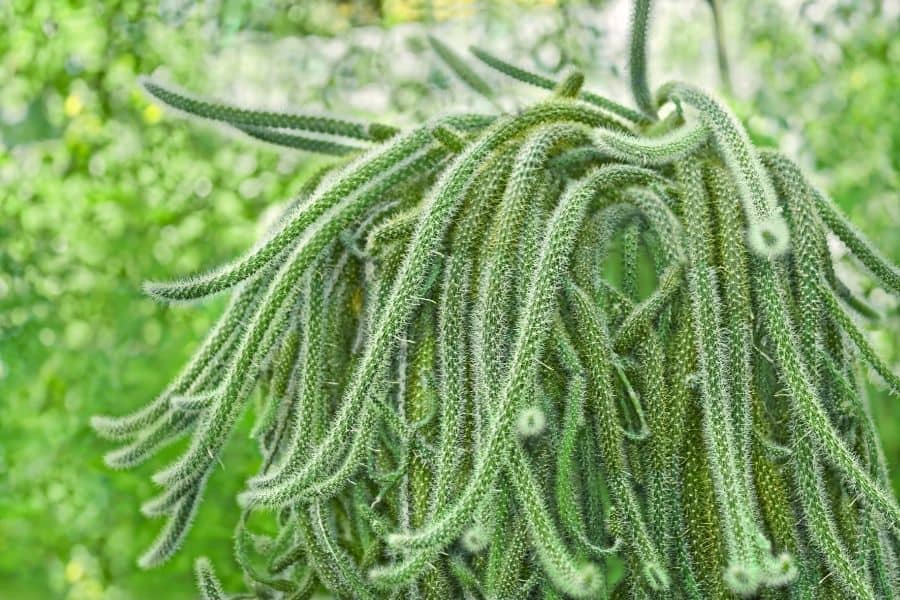
Propagating Disocactus is an easy, rewarding way to expand your collection! You can use seeds or stem cuttings – here’s how:
From Seed
- Use a well-draining seed starting mix
- Sow seeds 1⁄4 inch deep and cover lightly with soil
- Keep warm (70-80°F) and moist until germination in 2-3 weeks
- Provide bright, filtered light and allow soil to dry between waterings
- Transplant sturdy seedlings into individual 4-inch pots after 2 months
From Cuttings
- Use sharp, sterile shears to take 4-6 inch stem tip cuttings
- Allow cuttings to callus over for 1-2 weeks before planting
- Fill a well-draining pot with cactus/succulent soil
- Plant cuttings vertically, gently tamping down soil
- Place in warm, bright location but avoid direct sun
- Wait 2 weeks to water, then maintain moderate moisture
- Cuttings should root and show new growth in 4-8 weeks
With just a little time and care, you’ll be able to propagate and share these dazzling Disocactus varieties! Let their showy blooms brighten up your home and bring a smile.
